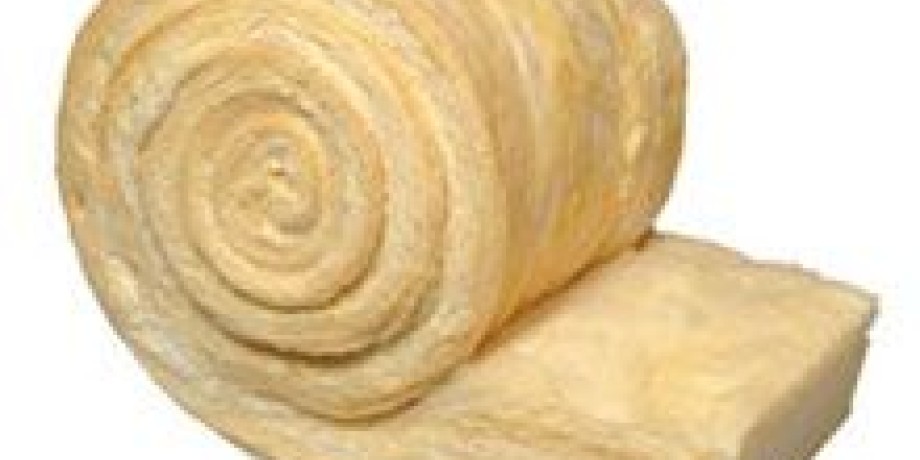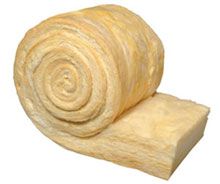Blanket Loft Insulation Safety Precautions

by Mark Row
 The Perfect Time for Loft Insulation
The Perfect Time for Loft Insulation
When insulating your home, there are a few things to keep in mind, better yet a few questions that need to be addressed.
- Firstly, you need to decide where to insulate in your home, since adding insulation can be an expensive task, why people usually have to prioritize when it comes to choosing the area that will be insulated;
- Secondly, you have to choose the adequate insulation material, which will not only depend on the previous question but many other factors, such as the basic type of insulation, its characteristics and insulation power, installation method, price etc;
- Thirdly, you have to be well aware of all the potential risks that adding a specific type of insulation may impose, in order of taking all precautions and safety measures during installation.
Well, what we will try to do here is address all the previously mentioned questions end especially accentuate some safety precautions in blanket loft insulation.
1. Why Choose Loft Insulation?
First things first, you will have to decide which area within your home to insulate. Our advice is to start with your loft space and for more than one reason. Namely, you are probably not aware of just how much energy is lost through a poorly insulated or uninsulated loft, regardless of whether you are dealing with only unused or storage space or you are using it as a living space. Proper insulation is not only important for the loft space itself, but also for the rest of your home. Basically what happens during the winter is that all the hot air coming from your heating devices will travel up, as lighter than cold air, and simply escape through the roof space, causing significant heat loss in the floors below. This will affect not only your monthly bills but also the overall commodity of your everyday life. On the other hand, during summer, all the heat from the loft space, since it cannot be withheld within the loft space, will add a few degrees to the rest of your home, thus making your cooling system practically useless. All this can be prevented with proper loft insulation material that will work well in both cases. It will make your loft bearable to stay in but also prevent all the outside temperature changes to affect the rest of your interior. Not to mention other benefits found in reduced moisture and condensation which can turn out to be the worst enemy for the stability of your construction and your health.
If you have set your mind on loft insulation, then you will need to choose the most adequate type of insulation. There are many types of materials available, all having their pros and cons, found in their insulation power, the installation method, their durability and price, why it is not always easy to make the final choice. Again, we would advise you go for blanket loft insulation for a few simple reasons. Blanket insulation is made from usually some type of fibre insulation packed into rolls and slabs, easily cut, shaped and installed. Probably one of the most common and popular type of blanket insulation is mineral (rock) wool, which is consisted of soft yet very resilient fibres shaped into rolls and batts and packed into plastic containers. Its biggest secret lays in its durability, the ability to resist moisture and fire, but also in the installation process, which all makes it one of the most cost-efficient loft blanket insulation materials available. It needs no special treatment, adhesives nor special installation techniques so you can probably do it yourself. Once the material is taken from the plastic bag it is packed into, it will release its full volume and be able to fill each hole in the designated area, leaving no gaps which may affect the air tightness of your home or its insulation power. You can simply roll it down the joists.
3. Are There Any Safety Risks?
Finally, as important as proper loft insulation is, it should never be at the price of your health and safety. Note that this should not scare you in any way nor dissuade you from your insulation plan, but only make sure that you have taken all the necessary safety measures in blanket loft insulation, making sure that everything is done properly. Now, if you decide to hire a professional to add insulation for you, then you will probably have nothing to worry about, but if you have decided to lower your costs and do the job yourself, then what comes next will come in handy. Although fibre insulation has proven to be safe for your health, we always believe that is it better safe than sorry, so please refer to some precaution measures given below.
- Regardless of the type of insulation material you are adding, always make sure to stay on the safe side when adding the material, especially if you are dealing with a narrow or unfinished loft space. Always carry a torch with you and make sure that the under roof space is properly secured. Simply lay strong and thick boards onto the joists that will allow you to walk safely and prevent serious injuries.
- As before mentioned, fibre loft insulation can cause irritation if your bear skin has been exposed to it. Since installation can take some time, it is important that your skin is properly covered and protected, so always wear long sleeves and long trousers, gloves and preferably a face mask that will prevent the debris from the material getting to your mouth, since it should not be inhaled.
- Once the installation process has been completed, make sure to vent the loft space, by leaving your windows opened so that all the excessive debris will escape outside. This also goes for any fibre that has settled on the joists or around the insulated area. Just use a damp cloth to wipe them clean and finally dispose of any excessive blanket loft insulation material accordingly.
Take a look at different loft insulation products we offer and pick the best one for your home improvement project. Feel free to seek advice from our experts by email or phone. You are welcome to leave a comment or share the article.



































































































































